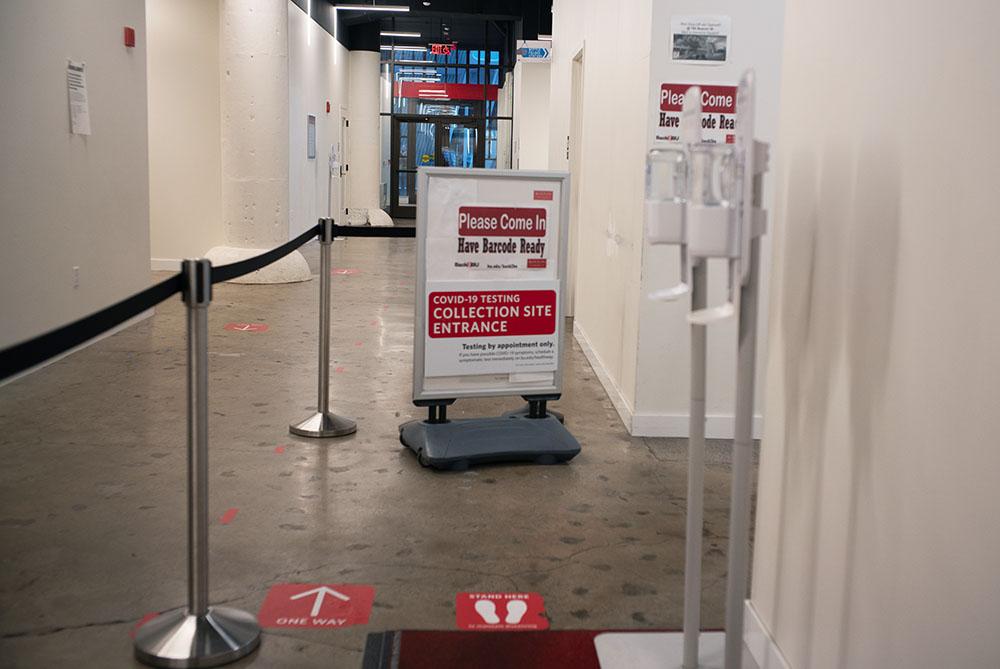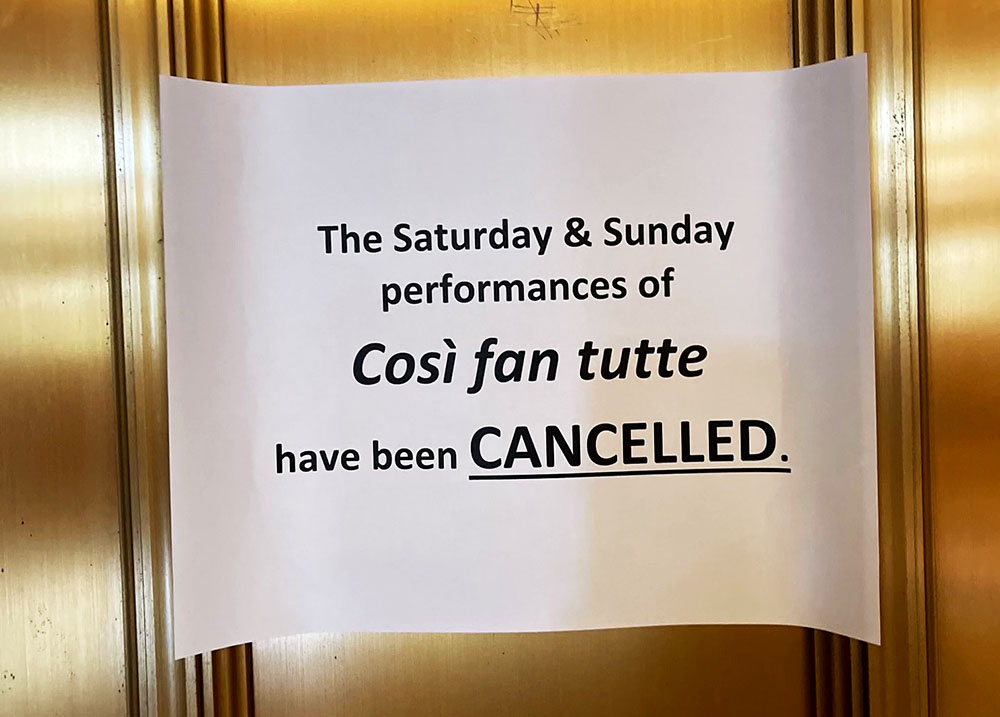
Instructors and students attending in-person classes may be identified as close contacts in certain cases outside Boston University’s official definition, BU Nurse Practitioner Hannah Nichols wrote in an email Wednesday.
The University does not have plans to change its definition of close contact, Nichols — director of case management and contact tracing at Healthway — wrote. But there are “unique situations” beyond the University’s delineation of close contacts that may require additional contact tracing.
The current University definition matches that of the U.S. Centers for Disease Control and Prevention, which identifies close contacts as individuals who were within six feet of an infected person for at least 15 minutes. Nichols wrote that being in direct contact with secretions from a positive case — such as a sneeze or a cough — also constitutes close contact at BU.
But those who have been in a confined space with an infected person for extended periods of time would also be considered close contacts, Nichols wrote, even if they are not within six feet of each other for more than 15 minutes at a time.
An example, Nichols wrote, would be a student and professor who have been together in a confined space for several hours, with close interactions throughout that time frame.
BU took into account the possibility of airborne transmission when creating its current requirements, Nichols wrote.
Nichols’ comments come after the CDC retracted new guidance Monday about the coronavirus’s ability to spread through the air.
“There is growing evidence that droplets and airborne particles can remain suspended in the air and be breathed in by others, and travel distances beyond 6 feet (for example, during choir practice, in restaurants, or in fitness classes),” the deleted post read, according to a Monday report by The Boston Globe. “In general, indoor environments without good ventilation increase this risk.”
In response to the CDC’s initial update, Eleanor Murray, assistant professor of epidemiology in the School of Public Health, urged the University on Twitter to “stop pretending being in a classroom for several hours isn’t a ‘close contact’ unless you’re within 6 feet for 15 min.”
Murray said in an interview she believes the University’s guidance has been great at reducing spread by ensuring that students are wearing masks and remaining physically distant, but that BU’s definition of close contact is not taking into account how the length of time spent with an infected individual can affect the risk of infection.
“Since BU is on top of all of the other pieces, it would really be great to see them moving toward this piece with duration of exposure,” Murray said, “where they could be considering people at longer time periods, but slightly larger physical distance, as close contacts.”
SPH epidemiology professor Robert Horsburgh said he believes the University does not need to change its current contact-tracing policy.
“Even if the CDC put back up the very useful guidance that they had up and were forced to take down, then that wouldn’t change my definition of a contact, because I think that’s a pretty expansive definition already,” Horsburgh said. “It is more likely to include people that aren’t at risk than it’s likely to miss people who are at risk.”
Stephen Kissler, research fellow in the Department of Immunology and Infectious Diseases at the Harvard T.H. Chan School of Public Health, said in a media conference call that being in an enclosed space — like a classroom — with an infected person for a long period of time should qualify as close contact.
“It’s a trade-off, where, if you’re within one foot for five minutes, that’s a very high exposure,” Kissler said, “and also, if you’re within maybe 15 feet for two, three hours, that’s also a substantial risk for exposure.”
Murray said the University’s exclusion of most instructors and classmates from their definition of close contact presents the danger that BU health officials will not be able to identify and contain a “runaway outbreak” as quickly as they could if classroom contacts were included in contact tracing.
Daniel Star, associate philosophy professor in the College of Arts and Science, wrote in an email that he wishes BU had been more transparent about close contact definitives.
“The admission that there may be exceptions to the close contact guidelines is a good thing insofar as it suggests BU is at least sometimes informing in-person instructors when students test positive,” Star wrote. “But we should have been told more about what types of circumstances provide for such exceptions.”
Nathan Phillips, a professor in the Earth and Environment department, said notifying instructors of infected students as close contacts should be the rule rather than an exception. As of now, the University has not announced plans to implement this.
“I think it’s wrong,” Phillips said. “I think it is disrespectful to our judgment, our discretion, our agency, our choice, our safety.”
Nyah Jordan, a junior in the College of Communication, said she thinks close contact within classrooms should be evaluated on a case-by-case basis, but that generally, students and instructors in smaller, more densely-populated classrooms should be considered close contacts, even if students were seated six feet apart.
“I have a class in the basement of [the College of General Studies] and it’s a small room,” said Jordan, who has four in-person hybrid classes on her schedule. “To me, those rooms are a bit smaller, so if someone did contract [COVID-19], and we were in the same room, that is a situation where I would absolutely want to know.”




























































































































